Japan’s Birth Rate Decline
In January 2023, Japan’s Prime Minister Fumio Kishida warned that the country is “on the brink of not being able to maintain social…
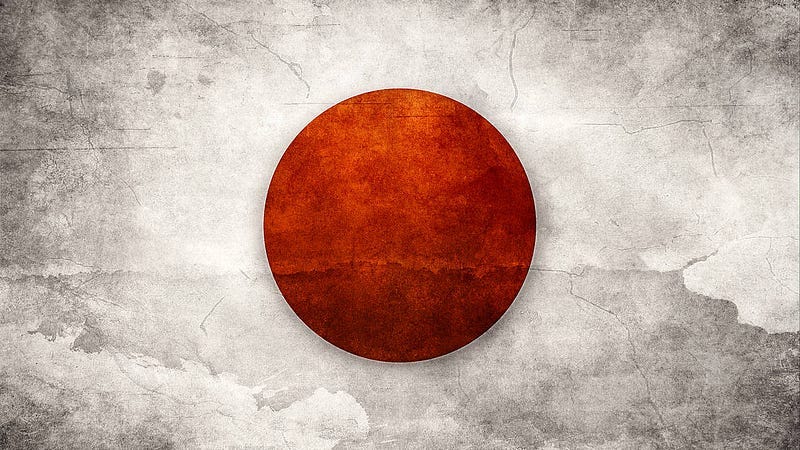
In January 2023, Japan’s Prime Minister Fumio Kishida warned that the country is “on the brink of not being able to maintain social functions” due to its declining birth rate. The Prime Minister stated that child-rearing support was the government’s most vital policy and that they “simply cannot wait any longer” to solve the issue.
Since 2010, Japan’s population has been plummeting at an accelerating pace. With a population loss of 556,000 between 2021 and 2022, Japan’s population has declined for the 12th consecutive year in a row. This can be observed throughout the country, with all of its 47 prefectures with the exception of Tokyo experiencing a decline in residents in 2022.
It is projected that Japan’s population will drop by 30% in 45 years, to about 88 million in 2065. The main reason for this decline is the consistently low fertility rate in Japan. To provide some context, a birth rate of around 2.1 is needed to maintain a stable population, whilst Japan’s birth rate, one of the lowest in the world, is at 1.3. There is a village in central Japan that had just one newborn child in 25 years. Its birth was heralded as a miracle by the village’s elderly residents.
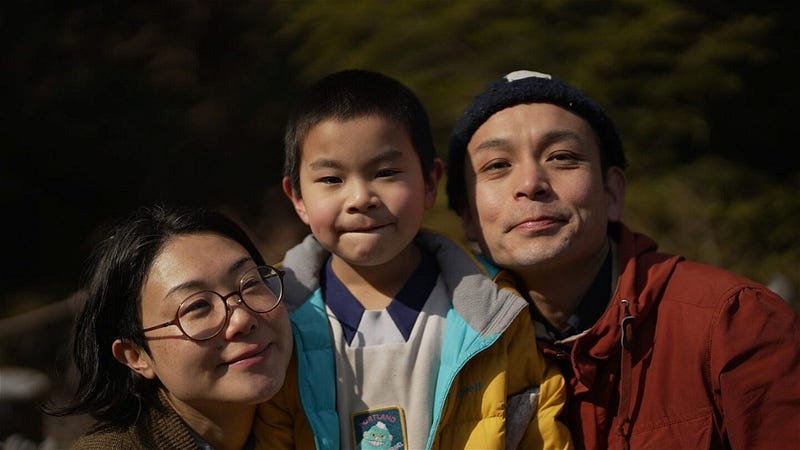
There is little occurrence of children being born outside of marriage in Japan, with such births accounting for only about 2% of all births since the 1950s. The fall in Japan’s fertility rate is primarily due to fewer young women getting married. The proportion of single women aged 25–29 leapt from 21% in 1975 to 66% in 2020, whereas for women aged 30–34, it rose from 8% to 39%.
Young Japanese women are becoming more and more reluctant to get married or have kids. Economic opportunities for Japanese women have improved rapidly, whilst the employment rate of young women has also risen remarkably. For example, the labour participation rate of Japanese women aged 25–29 has nearly doubled from 45% in 1970 to 87% in 2020. However, Japan still maintains traditional domestic gender roles which reduces the appeal of marriage.
Japan faces a gender imbalance when it comes to domestic labour, in which women are expected to bear the burden of housework and childcare whilst the contributions of Japanese men are very low. This makes balancing work and family life difficult for married women, especially for those who wish to remain financially independent. Can you imagine doing a good job at work, managing your own emotions and your own life, being a good partner, doing the majority of your household chores AND taking care of children? Not easy.
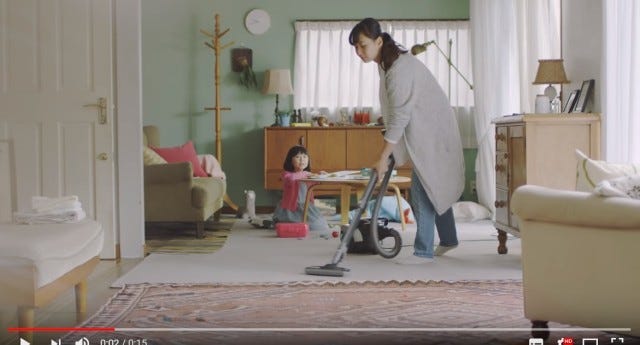
Japan’s average real annual household income fell from 6.59 million yen ($50,600) in 1995 to 5.64 million yen ($43,300) in 2020. With that in mind, Japan’s increasing living costs, limited space and lack of childcare support in cities make raising children difficult. Whilst their workers are facing low wages and little upward mobility, Japan is ranked as one of the most expensive places to raise a child as of 2022.
With busy urban lifestyles and long working hours, many Japanese have little time to start or raise a family. Urban couples are often far away from extended family members in other regions who could provide help. Moreover, young people are feeling increasingly pessimistic about the future and may feel less incentivised to bring kids into the world as they see it today. All of these factors contribute to why fewer Japanese couples are having children.
Deaths have surpassed births in Japan for over a decade. Therefore, the world’s third-largest economy is now facing a ballooning elderly population and a shrinking workforce with a lack of youth to fill in the gaps. As the elderly take up a larger portion of the population, Japan faces the problem of a smaller labour force and hence a shrinking labour-based tax pool to fund its growing demand for pensions and healthcare, creating a demographic and economic crisis that has long been on the horizon.

In April 2023, Japan set in motion its new Children and Families Agency, with measures to support parents such as the institutionalisation of more daycare centres, and the provision of youth services like counselling. However, it is worth noting that previous similar initiatives, usually carried out by local authorities, have been unsuccessful so far. As there are many social factors that contribute to Japan’s low birth rate, solving this long-standing issue may require more than just monetary funding.
You might be wondering: why not consider immigration? Immigrating young people into ageing countries could help mitigate the issue right? Well, whilst immigration could indeed help reduce the severity of the crisis by bringing younger people into the ageing country, the Japanese government has very conservative views on immigration.
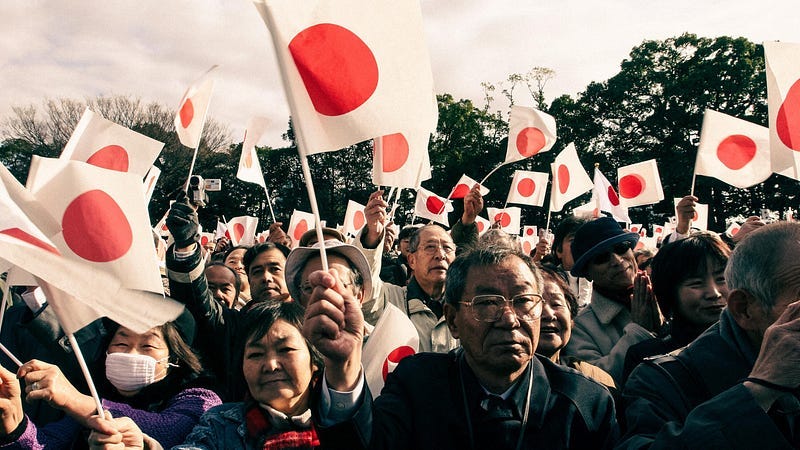
Japan has a history of restrictive immigration policies. It is very difficult to get Japanese nationality, permission for permanent residence or even a working visa. As of 2021, foreigners accounted for only 2.2% of Japan’s population, in contrast to the 13.6% in the U.S. Japan hardly accepts foreign workers, especially those who are considered unskilled. However, some restrictions have recently been relaxed, particularly for professional or skilled workers. Additionally, a 2021 study found that half of Japanese adults believe that having a diverse society would make Japan a worse place to live in, although this percentage has fallen compared to previous years.
It is also very difficult for a refugee to be accepted into Japan. In 2022, Japan only gave refugee status to 202 people. This is a record high compared to 2021 when Japan only accepted 74 applications, and is believed to have rejected more than 10,000 others seeking refugee status. Japan’s refugee acceptance rate is the lowest of any G20 nation, with its figures far lagging behind those of European countries or the U.S. which accept tens of thousands of refugee and asylum claims yearly. Moreover, Japan’s immigration detention system has several documented human rights violations including inadequate medical care, the use of solitary confinement and beatings by immigration officers, and indefinite and arbitrary detention. These conditions have led to hunger strikes and suicide attempts.
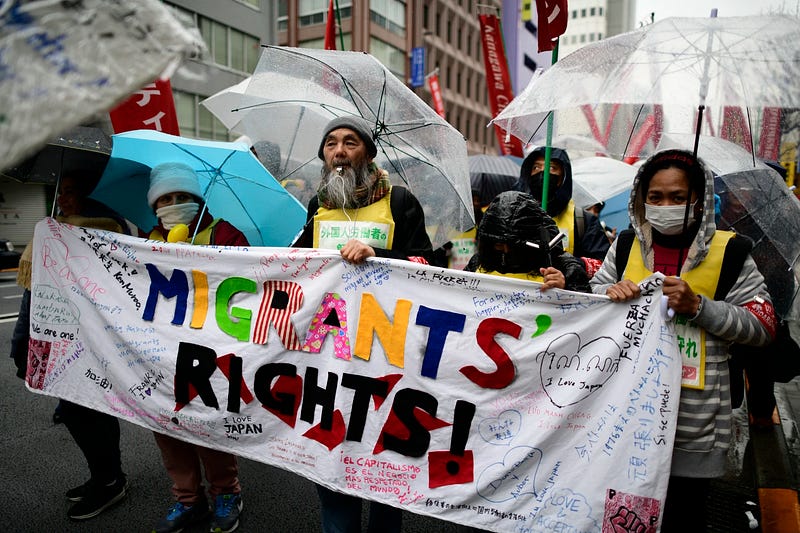
Japan’s not the only country facing a birth rate problem.
Despite already having the world’s lowest birth rate, South Korea’s birth rate has unfortunately dropped to an even lower average of 0.78 expected babies per woman. This is far lower than the birth rate needed to maintain a stable population, typically around 2.1 without migration. This poses a setback to the country, which in the last 16 years has spent at least 280 trillion won (USD $211 billion) trying to remedy this issue, but whose measures have resulted in failure. Nevertheless, the South Korean government has still doubled down on its financial incentives. For more information on South Korea’s birth rate issue, check out this well-written article by The Atlantic.
Why Birth Rate is a Feminist Issue
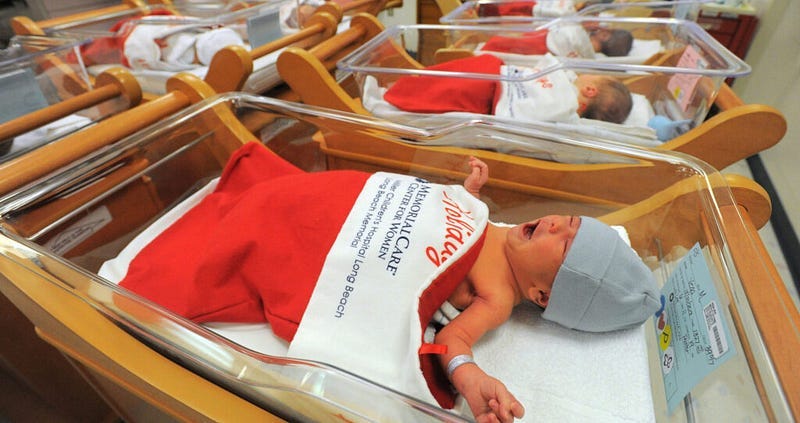
The UK might face huge demographic changes due to their uneven fertility rates. For example, it is becoming increasingly clear that religiosity is one of the most significant predictors of fertility — more religious people tend to have more children. A tendency towards becoming or remaining religious is also moderately heritable. This may be seen as unfavourable by secular feminists, who believe religions arising from an Abrahamic tradition are inherently patriarchal and biased against women. This may be perceived as unfavorable amongst other feminists as well due to conflicts between the values of some feminists and those of ancient religious traditions.
Perhaps a cause for concern may be regarding what measures we have in place to ensure government actions taken to address the birth rate issue do not interfere with women’s autonomy over their own bodies, especially if birth rates further decline and the issue worsens. Lawmakers need to ensure that the issue is not “solved” by problematic, unethical means but through ethical, humane ones so that our society doesn’t decline into the depravity of a Handmaid’s Tale dystopian horror story.

Effects on our climate
Unsurprisingly, there are also arguments that the population decline could benefit our damaged ecosystem by decreasing carbon emissions as our very real climate crisis worsens. Cough, Asia’s 2023 heat wave, cough. According to Stephanie Feldstein, the Population and Sustainability Director at the Center for Biological Diversity, in the past 50 years, the human population has doubled whilst the wildlife population has fallen by an average of 69%. We’ve altered at least 70% of the Earth’s land, with some reports placing the number at 97% instead.
With the consequences of climate disruption hollering at our faces, such as extreme weather and worsening droughts, a slow population decline could allow us to scale back on the pressure we’ve placed on the environment. It could allow us to adapt to climate change, and protect enough areas for wildlife to find refuge and possibly recover.
[Written by: Ruby. Edited by: Emily]

